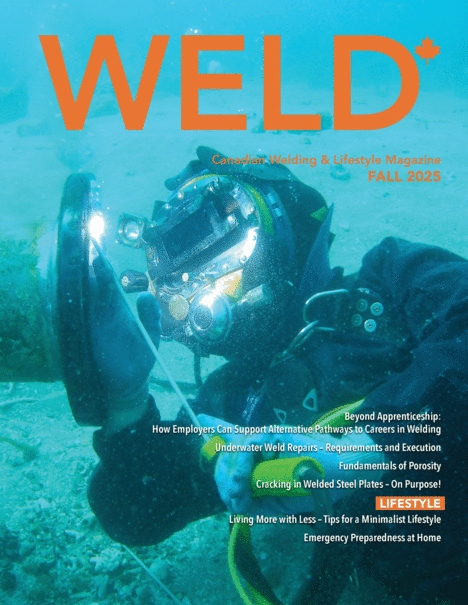A Welder's Guide to Quality Welding Gloves
- Monica Reynolds
- Apr 15, 2024
- 2 min read
Every welder knows their gloves are an essential piece of safety equipment. But with so many options on the market, choosing the right pair can be overwhelming. This guide dives into the features that define quality welding gloves, using examples from PIP Caiman's range to help you find the perfect fit for your needs.

Prioritizing Protection and Performance
Material Matters: Top-grain cowhide, deerskin, and goat grain leather are all popular choices for quality welding gloves. Each offers excellent durability, heat resistance, and puncture protection, tailored to the specific demands of different welding processes. For instance, PIP Caiman offers gloves in various leathers to suit your needs.
Dexterity vs. Durability: Finding the right balance is key. Quality gloves come in various styles, with some prioritizing supple leathers for delicate tasks like TIG welding, while others offer thicker materials for heavy-duty MIG/stick applications. PIP Caiman's range reflects this, with options for both precision and heavy-duty welding.
Fit for Comfort: A well-fitting glove reduces fatigue and improves dexterity. Look for features like Kevlar® stitching for added heat resistance and curved seams that mimic the natural shape of your hand, like some PIP Caiman models boast.
Exploring Quality Options
Brands like PIP Caiman offer a variety of styles to suit your welding style:
Gloves for TIG and precision work: These prioritize exceptional dexterity for delicate tasks. PIP Caiman offers examples that provide a great feel while welding.
Extra-long gloves: These shield your forearms from heat splatter in MIG and stick applications. Look for similar options from PIP Caiman for extended protection.
All-around gloves: A solid option, these gloves find a balance between durability, heat resistance, and affordability. PIP Caiman has options that excel in this category as well.
Choosing Your Perfect Pair
Remember, the best gloves depend on your specific welding needs. Consider:
Welding Process: MIG, TIG, or something else? Each technique has different heat and spatter requirements.
Work Environment: Welding outdoors in winter may call for additional insulation.
Regular Inspections: Look out for rips, burns, or holes. Worn gloves compromise safety and need replacing.
By understanding these factors and exploring the variety of quality welding gloves available, you can find a pair that offers the right blend of protection, comfort, and dexterity to keep you safe and on top of your welding game. Check out PIP Caiman's large selection of welding gloves!



